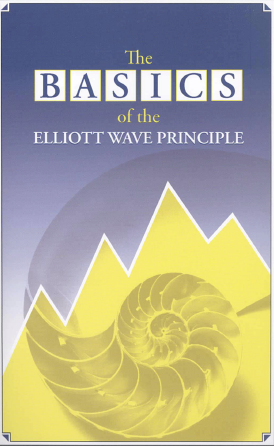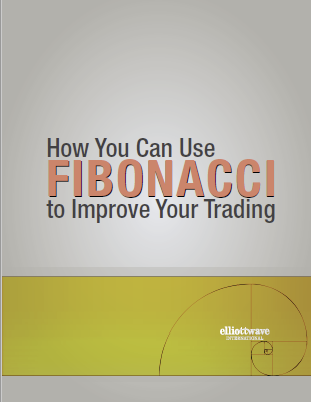Technical Analysis for Professional Traders
Our approach: A price-driven framework
Identifies and charts probabilistic price paths for key markets and timeframes
Technical Analysis
The Benefits of Elliott Wave Analysis
Elliott Wave is a powerful analytical tool when applied correctly and consistently. It helps create order from perceived chaos. Some of the key benefits for trading:
- Provides a framework to construct a clear roadmap of probabilistic price paths
- The fractal nature of Elliott Wave means it can be applied over multiple timeframes and across asset classes
- Identifies the direction of the dominant market trend
- Distinguishes between trending and correcting markets
- Determines the maturity of the trend as we look for important market turning points
- In combination with Fibonacci analysis it helps provide measured price targets
- Identifies specific points of ruin where you know the trade is wrong
It provides the fundamental tools for trading – if we know that the market is trending, understand where we are in that trend, where we are wrong and the expected price targets, we can quickly calculate our reward to risk (R/R) for any prospective trade…
The Elliott Wave Principle
An Introduction to the Elliott Wave Principle
“The Wave Principle” is Ralph Nelson Elliott’s discovery that social, or crowd, behaviour trends and reverses in recognisable patterns.
Using stock market data as his main research tool, Elliott discovered that the ever-changing path of stock market prices reveals a structural design that in turn reflects a basic harmony found in nature.
From this discovery, he developed a rational system of market analysis. Elliott isolated thirteen patterns of movement, or “waves,” that recur in market price data and are repetitive in form, but are not necessarily repetitive in time or amplitude. He named, defined and illustrated the patterns. He then described how these structures link together to form larger versions of those same patterns, how they in turn link to form identical patterns of the next larger size, and so on.
In a nutshell, then, the Wave Principle is a catalog of price patterns and an explanation of where these forms are likely to occur in the overall path of market development. Elliott’s descriptions constitute a set of empirically derived rules and guidelines for interpreting market action. Elliott claimed predictive value for The Wave Principle, which now bears the name, “The Elliott Wave Principle.”
Under the Wave Principle, every market decision is both produced by meaningful information and produces meaningful information. Each transaction, while at once an effect, enters the fabric of the market and, by communicating transactional data to investors, joins the chain of causes of others’ behavior. This feedback loop is governed by man’s social nature, and since he has such a nature, the process generates forms.
As the forms are repetitive, they have predictive value. Sometimes the market appears to reflect outside conditions and events, but at other times it is entirely detached from what most people assume are causal conditions. The reason is that the market has a law of its own. It is not propelled by the linear causality to which one becomes accustomed in the everyday experiences of life. Nor is the market the cyclically rhythmic machine that some declare it to be. Nevertheless, its movement reflects a structured formal progression. That progression unfolds in waves.
Waves are patterns of directional movement. More specifically, a wave is any one of the patterns that naturally occur under the Wave Principle.
A more detailed description of the Wave Principle can be found here… EW Basics Frost & Prechter’s book, “Elliott Wave Principle – Key to Market Behavior” is the primary reading guide for Elliotticians https://www.amazon.com/Elliott-Wave-Principle-Market-Behavior/dp/1616040491
The Five Wave Pattern
In markets, progress ultimately takes the form of five waves of a specific structure. Three of these waves, which are labeled 1, 3 and 5, actually affect the directional movement. They are separated by two countertrend interruptions, which are labeled 2 and 4, as shown in Figure 1-1. The two interruptions are apparently a requisite for overall directional movement to occur.

Figure 1-1
There are two modes of wave development: motive and corrective.
Motive waves have a five-wave structure, while corrective waves have a three-wave structure or a variation thereof.
In his 1938 book, The Wave Principle, and again in a series of articles published in 1939 by Financial World magazine, R.N. Elliott pointed out that the stock market unfolds according to a basic rhythm or pattern of five waves up and three waves down to form a complete cycle of eight waves. The pattern of five waves up followed by three waves down is depicted in Figure 1-2.

Figure 1-2
Source: “Elliott Wave International”


